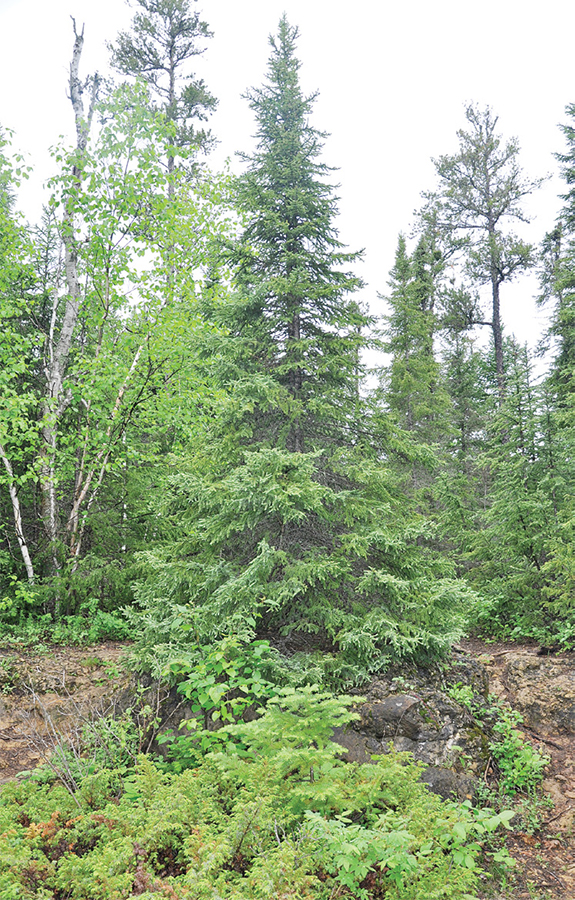There is more than meets the eye in this lovely province. Under the stunning beauty of the boreal forest lies a treasure trove of riches that have only been glimpsed.

Such is the Tanco mine at Bernic Lake, discovered in the 1920s and first developed in 1930 for its tin and beryl deposits. In 1954, lithium mining began. In 1969, production focussed on tantalum and, finally, in 1996, caesium became the most important mineral at the site.
It is a little-known fact that Bernic Lake is the site of 82 per cent of the world’s known supply of pollucite, which is rich in caesium, lithium, niobium, beryllium, tantalum and wodginite.
In the case of caesium, the deposit at Bernic Lake represents 85 per cent of the world’s supply. Why does all this matter?
Caesium is a critical component of atomic clocks, the technology of which governs the GPS function on your phone. Caesium degrades so reliably that it loses only one second for every 100 million years. Caesium is also used in nuclear power plants, as a vector in high-temperature oil well drilling, in photo electric cells, to remove the last vestiges of air in vacuum tubes and as a catalyst in hydrogenating foods such as vegetable oils to make them solid (margarine). It is being tested in treating brain tumors. Another interesting use for caesium is as a fuel in outer space. Just one kilogram of caesium could propel a vehicle 140 times as far as burning any other known liquid or solid.
Lithium is a key component of the rechargeable batteries that power so much in the world today. Lithium is also used to treat bi-polar disorder, it is used to absorb carbon dioxide in spaceships and as an alloy in metals used for aircraft.
Tantalum, beryllium and niobium are all used as alloys in a wide number of metal compounds that serve the aircraft and aerospace industries as well as for satellite communications, pipelines and in surgical instruments.
This is just a small peek at the possibilities in Northern Manitoba even though our mining sector is currently at an all time low.
One more thing: a Chinese firm, Sinomine Corporation, bought Tanco mine last year. This consolidates Chinese control over this mineral worldwide. It should also be noted that China now controls 21 of the 35 critical minerals on the American critical mineral commodities list. Ironically, the mine was purchased from an American company.

